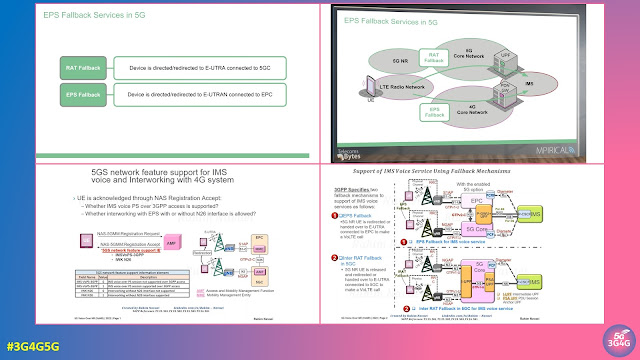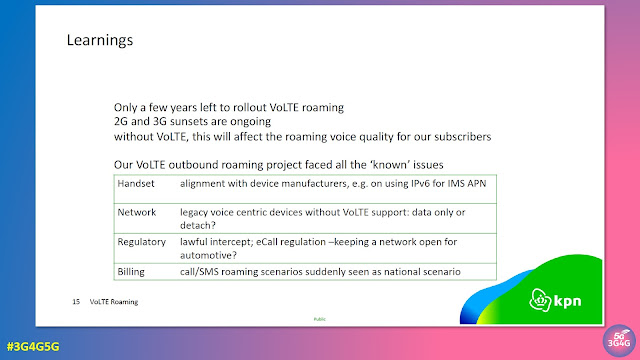I am fascinated by and have previously written blog posts about transparent antennas. Back in 2019 NTT Docomo announced that they have been working with glass manufacturer AGC to create a new transparent antenna that can work with a base station to become an antenna. Then in 2021, NTT Docomo and AGC announced that they have developed a prototype technology that efficiently guides 28-GHz 5G radio signals received from outdoors to specific locations indoors using a film-like metasurface lens that attaches to window surfaces. Transparent antennas/lens are one of the pillars of Docomo’s 6G vision as can be seen here.
I succeeded in my quest to find a wow product finally at #MWC24. Wavethru by AGC is an amazing solution for densification by providing coverage inside-out. Lookout for a post on the Telecoms Infrastructure blog in a few weeks time #3G4G5G pic.twitter.com/RmuD1NQ7nS
— Zahid Ghadialy (@zahidtg) February 29, 2024
Every year at Mobile World Congress I look for a wow product/demo. While there were some that impressed me, the suite of products from Wave by AGC (WAVEANTENNA, WAVETHRU and WAVETRAP) blew me away. Let’s look at each of them briefly:
WAVEANTENNA is the transparent glass antenna which is generally installed indoors, on a window or a glass pane. It can be used to receive signals from outdoors (as in case of FWA) or can be used to broadcast signal outdoors (for densification based on inside-out coverage). In the newer buildings that has thermal insulation films on the glass, the radio signals are highly attenuated in either direction, so this solution could work well in that scenario in conjunction with WAVETHRU.
The WAVETHRU process applies a unique laser pattern to the glazing with 30 µm laser engraved lines that are nearly invisible to the naked eye. Treatment is so gentle, it does not affect the physical properties of the glazing, which remain the same. This radio-friendly laser treatment improves the indoor radio signal by around 25 dB, to achieve almost the same level of performance as the street signal. Just 20% to 30% of the window and floors 0 to 4 need to be treated to improve the indoor signal on all frequency ranges under 6GHz.
In case of coverage densification by providing inside-out radio signals, WAVETRAP can be used for EM wave shielding by stopping back-lobes within the building.
This video from WAVE by AGC explains the whole densification solution:
Now the question is, why was I impressed with this solution? Regular readers of this and the Telecoms Infrastructure Blog will have noticed the various solutions I have been writing about for mobile network densification in downtown areas and historic cities with listed buildings where limited space for infrastructure deployment presents several challenges.
In brief, we can categorise these challenges as follows:
- Physical Space Constraints like lack of space or strict regulations as in case of listed buildings and heritage sites.
- Aesthetics and Visual Impact could be an important consideration in certain historic city centres. Deploying large antennae or towers can clash with the architectural character and heritage of the area and may require concealing antennae within existing structures like chimneys, bus shelters, phone boxes & lampposts, or using disguised designs like fake trees to minimize visual impact.
- Technical Challenges can arise in dense urban environments due to interference from neighbouring cells, unreliable backhaul connectivity, interruptions in the power supply due to siphoning, etc.
- Community Engagement and Perception is another important area to consider. There is no shortage of NIMBY (Not in my back yard) activists that may oppose new infrastructure due to health concerns, aesthetics, or fear of property devaluation. Engaging with the community, providing accurate information about EMF exposure, and addressing misconceptions are crucial.
- Regulatory and Permitting Hurdles that may arise due to many cities and councils imposing zoning and permits requirements. Obtaining permits for infrastructure deployment involves navigating local regulations, zoning laws, and historic preservation boards. There may also be height restrictions that may hinder optimal antenna placement.
- Finally, Cost and ROI are important consideration factors as all of the above increases the costs as well as the time required. Customized designs, site acquisition, and compliance with regulations are one of the major factors that not only increase costs but also delays infrastructure rollouts. Operators often weigh the benefits of improved coverage and capacity against all the expenses and headaches of infrastructure deployment and then decide on what to deploy and where.
A solution like WAVEANTENNA in conjunction with WAVETHRU and WAVETRAP can significantly reduce the hurdles and improve coverage significantly.
While I have talked about the solution in general, it can also be applied indoors to Wi-Fi, in addition to 4G/5G. This may be useful in case of Enterprise Networks where appearance is of importance and probably not of much use in case of warehouses or Industrial/Factory Networks.
Do let me know what you think.
Related Posts:
- Connectivity Technology Blog: Futuristic Glass Antenna by NTT Docomo and AGC
- Connectivity Technology Blog: Docomo and AGC use Metasurface Lens to Guide Millimeter Waves (mmWaves) Indoors
- Free 6G Training: Special Articles on 5G Evolution & 6G in NTT Docomo Technical Journal
- Telecoms Infrastructure Blog: UK will make Street Furniture accessible for Telecoms Infrastructure
- Telecoms Infrastructure Blog: Deutsche Telekom 5G Small Cells in Phone Boxes
- Telecoms Infrastructure Blog: Vodafone UK improving coverage with Phone Boxes, Mini-masts & Manhole Covers
- Telecoms Infrastructure Blog: Disguising Small Cells in Rural areas
- Telecoms Infrastructure Blog: Small Cells in BT Phone Boxes
- Telecoms Infrastructure Blog: Small Cells in the Bus Stop
- The 3G4G Blog - AT&T Blog: "Providing Connectivity from Inside a Cactus"
- The 3G4G Blog: The Art of Disguising Cellular Antennas
























